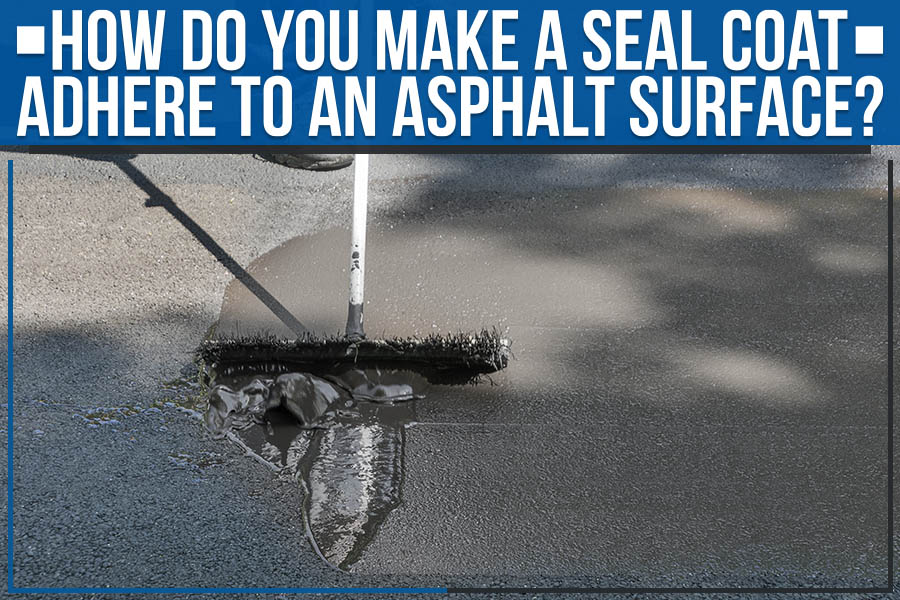
Sealcoating is an essential part of asphalt maintenance, as it helps protect the surface from weather and wear. But how do you make a seal coat adhere to an asphalt surface? It can be a challenge, as the seal coat needs to stick without bubbling or cracking.
You should take a few steps to increase the likelihood of a good seal coat-asphalt surface bond. Stay with us as we learn how to make an asphalt driveway seal coat stick.
Clean Surface is Essential:
One of the essential things you can do to ensure a good bond is to start with a clean surface. Any dirt, grease, or other contaminants will prevent the seal coat from adhering correctly. Cleaning the surface can be done with a power washer or a stiff brush.
You’ll also want to make sure the surface is dry before you begin applying the seal coat. If there’s any moisture present, it will evaporate and cause bubbles in the seal coat.
The Right Temperature is Essential:
The asphalt surface should be warm enough that the seal coat can flow easily but not so hot that it starts to melt. If it’s too cold, the seal coat will be challenging to apply evenly. You want the surface to be between 60 and 80 degrees Fahrenheit before applying the seal coat.
You can ensure this temperature by waiting for a warm, sunny day. If it’s still not warm enough, you can use a heater to raise the temperature of the asphalt surface.
Repair Surface Damages:
Alligator cracks, potholes, and other surface damages can cause the seal coat to fail. Before you start applying the seal coat, make sure to repair any surface damages. If the damage is too severe, you may need to replace the asphalt before you can apply the seal coat.
Repairing these damages may include:
- Patching
- Filling in potholes
- Repairing cracks with a sealant
Prime the Oil Spots:
Oil spots can also cause the seal coat to fail. You need to prime the oil spots before applying the seal coat to prevent this.
You can do this by:
- Scrubbing the oil spot with a degreaser
- Covering the oil spot with a primer
Once you’ve carried out these steps, you can start applying the seal coat. Make sure to do it in a well-ventilated area and follow the instructions on the product’s label.
What Factors Cause Poor Bonding?
Several factors may cause a poor bond between the seal coat and asphalt surface, including:
Rust Spots: Surfaces that are seal-coated without prior special treatment of rust spots may cause the seal coat to fail. The rust will come through the seal coat as silver streaks.
Polished Aggregate: Roughness is necessary for a good bond. If the surface is too smooth, it may need to be sanded before applying the seal coat.
Tree Sap: A sugary substance secreted by trees, the sap can act as a barrier between the seal coat and asphalt. The seal coat may fail in these areas unless the fluid is removed before application.
Conclusion:
Bay Country Contractors, serving Oxen Hill, MD, are experts in asphalt repair and maintenance. Contact us today for a free estimate for all your commercial asphalt and concrete repair needs.



